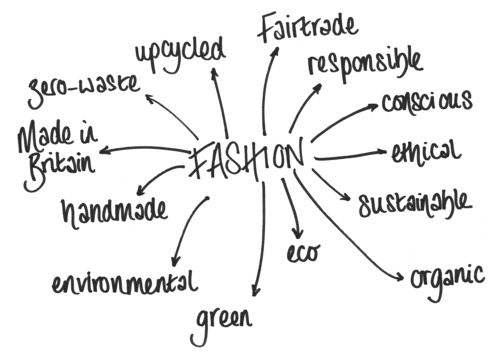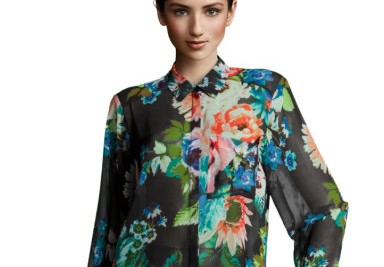‘Fast Fashion’ refers to clothing and accessories that are designed to reflect current industry trends, yet produced using less expensive materials to ensure a low price tag. For the last two decades, clothing retailers like H&M, Zara, and Forever 21 have popularized Fast Fashion among everyday consumers. They are a goddesss send to those of us on a budget or who choose non-animal fiber looks. However, not everyone is a huge fan of the trend.
Many designers, for instance, have complained that Fast Fashion has reduced conceptual originality within the clothing industry in order to produce a higher volume of garments and accessories. Zara, for example, churns out 10,000 new items every year; most boutique designers, by comparison, release between 50 and 100 pieces.

The Fast Fashion trend has also led to environmental concerns. Every year, the clothing industry produces 2 million tons of waste, emits 2.1 million tons of carbon dioxide, and uses 70 million tons of water; these figures have significantly risen in the years since Fast Fashion became a retailing standard. To make matters worse, the quality of these garments is typically so low that most are discarded or donated to charity by the wearer within two years of the original purchase.
Roughly 300 retailers have signed on to the Sustainable Clothing Action Plan (SCAP), a collective that aims to reduce wastefulness in the fashion industry. SCAP seeks to produce and sell clothing without producing undesirable environmental effects; another goal of the group is to exclusively limit international business deals and projects to countries that have established strict labor regulations.
Some fashion moguls embrace the trend, such as Proenza Schouler who became well-known after developing an inexpensive line for Target. But not everyone is so keen. Here are some of the ways “fast fashion” is impacting the marketplace.
Excess: Not all designers are anti-fast fashion, but many agree it’s led to a lack of authenticity in new clothing lines and a lack of quality in production. Even CEO of fast-fashion Topshop, Sir Phillip Green, says designers and consumers should stop the rapid production and “pause for a breath now and then so fashion has a chance to become more timeless and less in one month and out the other.”

The Environment: The fashion industry produces 2 million tons of waste each year, 2.1 million tons of CO2, and 70 million tons of water. Fast fashion and the rapid clothing consumption caused these ballooning waste amounts and most fashion purchases – 2 million tons annually-wind up in the trash within a year or two because they are too low quality to last any longer.
A Changing Trend: After two decades of fast-fashion popularity, many designers are signing on to make a change. Three hundred retailers have signed up to be a part of the sustainable clothing action plan which includes producing, selling, and disposing of waste without damaging the environment and only working with countries with strict labor fairness regulations.
Learn more in this clever short video:
Created by OnlineMBA.com


